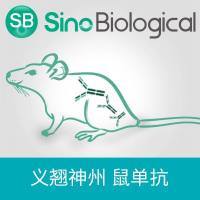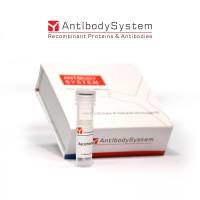The reversible acetylation of specific lysine residues on core histones regulates gene transcription in eukaryotes. Since the discovery of GCN5 as the first transcription-regulating histone acetyltransferase (HAT), a variety of HATs have now been identified and shown to acetylate different sites on histones as well as on non-histone proteins, including transcription regulators. In general, purified recombinant HATs expressed in bacteria or in insect cells are able to acetylate free histones and sometimes other substrates in vitro. However, such activity is often restricted to certain substrates and/or is very weak on physiological substrates, such as nucleosomes. Moreover, it does not reflect the actual scenario inside the cell, where HATs generally associate with other proteins to form stable multisubunit complexes. Importantly, these peripheral proteins significantly influence the functions of the catalytic HAT subunit by regulating its intrinsic catalytic activity and/or by modulating its target substrate selectivity. In this chapter, we describe detailed methods for the rapid (two step) and efficient purification of large, multiprotein HAT complexes from nuclear extracts of mammalian epitope-tagged cell lines, including protocols for the generation and large-scale suspension culture of these cell lines. These methods have been used to purify and characterize different human GCN5 HAT complexes that retain activity toward their physiological substrates in vitro.






